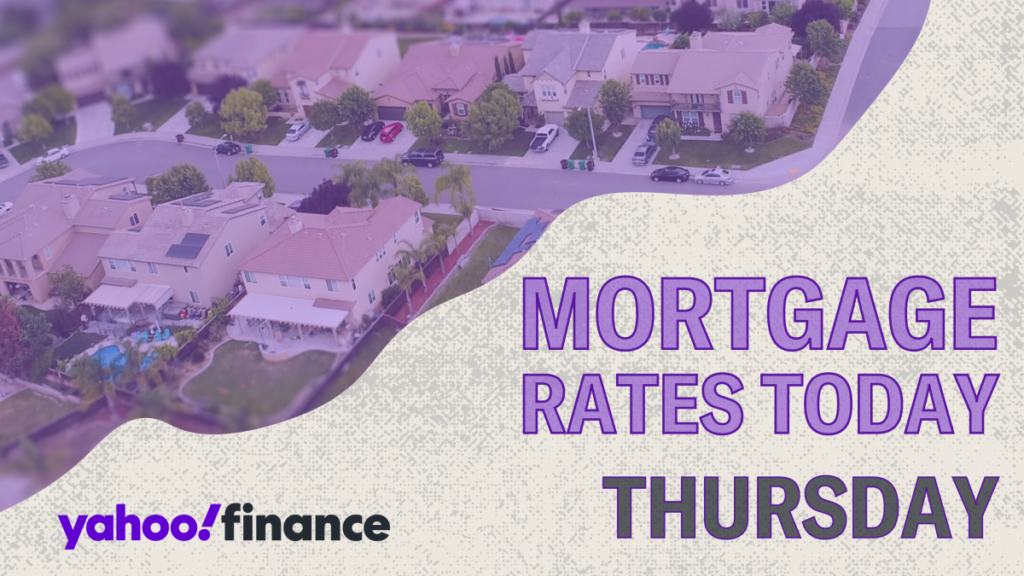Mortgage rates have recently seen a slight increase after a period of decline, now standing at an average of 6.32% for the 30-year fixed mortgage and 5.68% for the 15-year fixed rate, according to Zillow. The upcoming November jobs report from the U.S. Bureau of Labor Statistics is highly anticipated as its results will influence future mortgage interest rates. If the report indicates a strong economy, it is likely that rates will continue to rise; conversely, a weak economic outlook may stabilize or lower rates. The national averages for various mortgage types have been rounded to the nearest hundredth, providing valuable benchmarks for potential homebuyers and those looking to refinance.
In addition to mortgage purchase rates, refinancing rates have also been released. The current 30-year fixed refinance rate is 6.37%, while the 15-year fixed is slightly lower at 5.74%. Although refinance rates can exceed purchase rates, the current data suggests that in some instances, this is not the case. This duality in mortgage rates reflects broader market trends that borrowers may wish to consider when making financial decisions about housing.
To effectively navigate the mortgage landscape, consumers can utilize tools like mortgage payment calculators. Platforms such as Yahoo Finance provide free calculators that allow users to model how varying interest rates affect their monthly payments. These tools extend beyond principal and interest calculations to include additional costs such as homeowners insurance, property taxes, and possible private mortgage insurance, which can significantly influence the overall monthly payment. Understanding these elements can create a more comprehensive picture of one’s financial obligations when taking on a mortgage.
At the core of mortgage rates is the distinction between fixed and adjustable rates. Fixed-rate mortgages maintain the same interest rate for the loan’s lifetime, offering stability for borrowers. Conversely, adjustable-rate mortgages (ARMs) feature lower initial rates for a set period before adjustments happen periodically. Economic conditions, such as inflation and employment rates, heavily influence these adjustments. Borrowers considering which type of mortgage to pursue should weigh their long-term financial plans against the inherent risks of fluctuating rates.
Two primary factors determine mortgage rates: those within a borrower’s control and those outside of it. Borrowers can enhance their odds of securing better rates by improving their credit scores, lowering their debt-to-income ratios, and saving for larger down payments. However, much of the rate fluctuations are tied to broader economic trends. When economic conditions are poor, lower mortgage rates incentivize borrowing and spending. Conversely, in a thriving economy, rates tend to rise to prevent excessive spending. Given these influences, a borrower may find that refinance rates are typically higher than purchase rates, which can impact financial planning decisions.
Among the various mortgage options, the 30-year fixed-rate mortgage remains popular due to its lower monthly payments, though at a higher overall cost in interest over time. In contrast, the 15-year fixed-rate mortgage is advantageous for those seeking to pay significantly less interest over the duration of the loan, as long as they can afford the higher monthly payments. Data from 2023 indicates that financial institutions like Citibank, Wells Fargo, and USAA are offering competitive median mortgage rates, but borrowers should shop around to compare rates from various lenders, including credit unions and specialized mortgage companies. While lower historic rates like 2.75% may seem appealing, circumstances surrounding them can be challenging to replicate in the current economic environment, with experts providing differing opinions on when to consider refinancing. It is crucial for consumers to evaluate their financial goals and the potential benefits against the costs of refinancing before proceeding.

